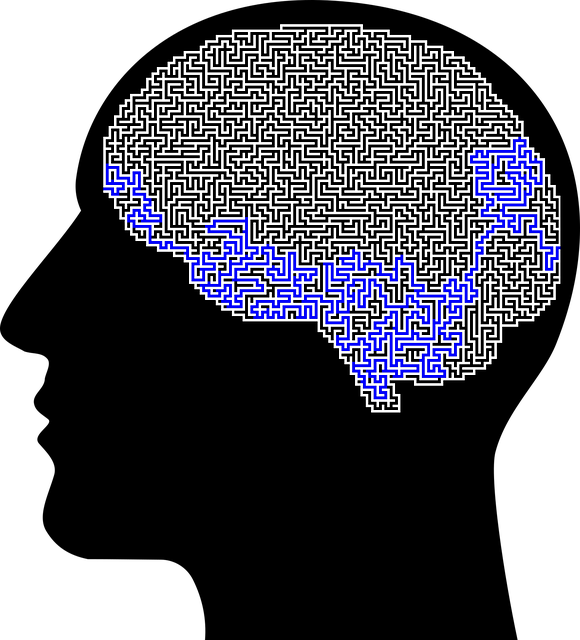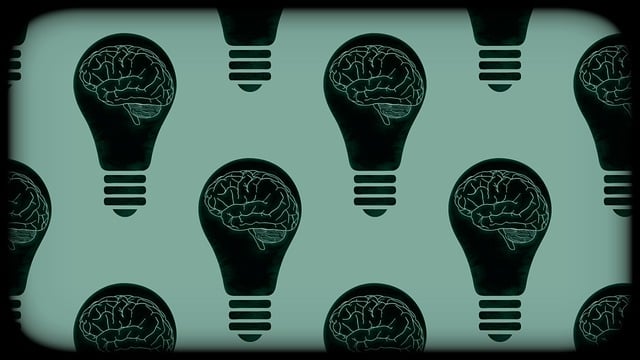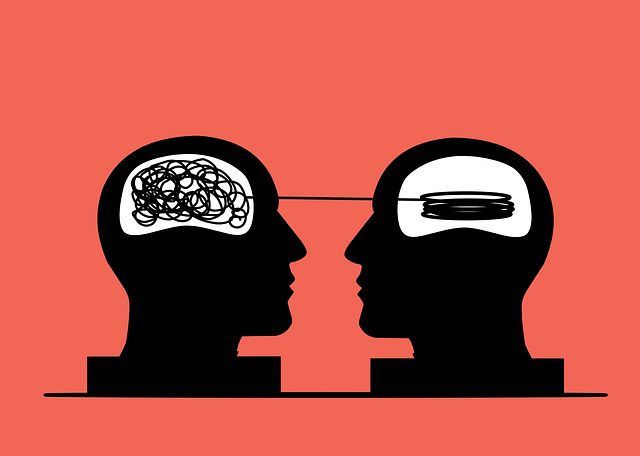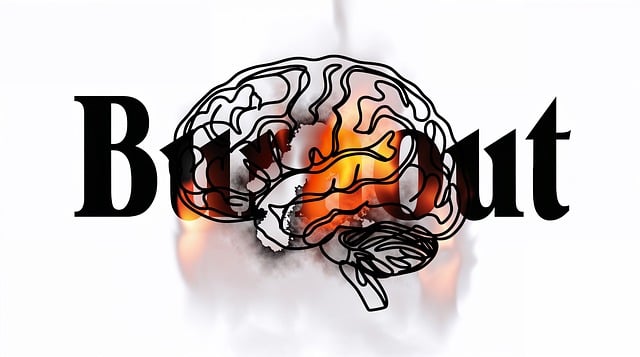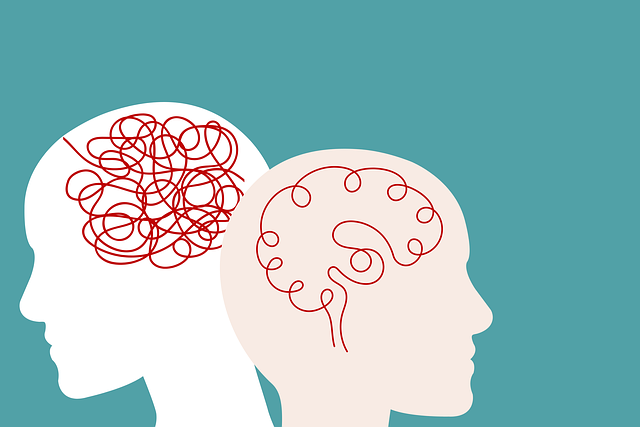Evaluating mental wellness programs requires a multi-faceted approach beyond satisfaction surveys, incorporating robust metrics and evidence-based tools like Centennial Cognitive Behavioral Therapy (CCBT). This includes structured clinical interviews, self-report measures, coping skills assessment, and tracking psychological flexibility. Success criteria for CCBT programs should be clear, measurable goals aligned with participant needs and program objectives, such as improving emotional regulation or promoting positive social interactions. Quantitative methods, including surveys, track symptom changes, satisfaction, adherence, and completion rates, providing insights to guide improvements in therapeutic interventions.
Mental wellness programs are essential components of modern healthcare, with Centennial Cognitive Behavioral Therapy (CCBT) leading the way in evidence-based treatment. Evaluating these programs is crucial for understanding their effectiveness and impact on client outcomes. This article explores comprehensive evaluation methods, focusing on assessing program success, tracking client progress, and ensuring sustainability through various qualitative and quantitative approaches. By examining metrics, feedback, and continuous improvement strategies, we can optimize CCBT initiatives for long-term mental health benefits.
- Assessing Program Effectiveness: Metrics and Measurement Tools
- – Defining success criteria for mental wellness programs
- – Quantitative methods: surveys, statistics, and data analysis
Assessing Program Effectiveness: Metrics and Measurement Tools

Evaluating the effectiveness of a mental wellness program is a multifaceted process that goes beyond mere satisfaction surveys. It involves utilizing robust metrics and measurement tools to assess meaningful changes in participants’ mental health. One evidence-based approach, such as Centennial Cognitive Behavioral Therapy (CCBT), can be evaluated by tracking improvements in specific symptoms, like anxiety or depression, through structured clinical interviews. These interviews, coupled with self-report measures, provide a comprehensive view of symptom reduction and quality of life enhancements.
Furthermore, assessing the development of coping skills is crucial. Tools like the Coping Skills Inventory can gauge participants’ proficiency in managing stress, emotions, and challenging situations. Similarly, Mental Wellness Coaching Programs can be measured by evaluating changes in psychological flexibility, mindfulness, and overall well-being. Risk assessment for mental health professionals is also essential; metrics may include tracking client outcomes, treatment adherence, and the safety of therapeutic interventions to ensure both practitioner and client welfare.
– Defining success criteria for mental wellness programs

Defining success criteria is a pivotal step in evaluating any mental wellness program, including those utilizing Centennial Cognitive Behavioral Therapy (CCBT). To effectively measure progress and impact, clear and measurable goals should be set at the outset. These goals should align with the specific needs of the target population and the objectives of the program. For instance, improving emotional regulation, enhancing coping mechanisms, or promoting positive social interactions are valid CCBT-based success criteria.
Assessing these criteria involves a multifaceted approach. It can include self-reported questionnaires, where participants reflect on their mental health status and symptoms using validated scales such as those measuring anxiety, depression, or stress levels. Additionally, qualitative methods like interviews or focus groups can provide deeper insights into individuals’ experiences and perceptions of change. The Risk Assessment for Mental Health Professionals also plays a role in tracking potential risks and benefits among program participants, ensuring their safety and well-being throughout the process. Complementing these assessments with Social Skills Training and Mental Wellness Journaling Exercises can offer practical tools for participants to track their progress and internalize beneficial strategies, thereby strengthening the overall evaluation framework.
– Quantitative methods: surveys, statistics, and data analysis

In evaluating mental wellness programs, particularly those offering Centennial Cognitive Behavioral Therapy (CCBT), quantitative methods play a pivotal role. Surveys are a common tool to gather data on participants’ perceptions and experiences within the program. These can assess satisfaction levels, the perceived effectiveness of therapy sessions, and changes in symptoms over time. Statistical analysis of collected data allows for identifying trends and patterns, providing insights into what aspects of the program are working well and areas that may need improvement.
Quantitative methods also encompass examining statistics related to attendance rates, drop-out numbers, and adherence to treatment protocols. By analyzing these metrics, mental health professionals can gain a deeper understanding of program engagement and completion rates. This data guides adjustments in Crisis Intervention Guidance strategies, ensuring the therapy aligns with the needs of those seeking Anxiety Relief. Ultimately, the application of quantitative techniques contributes to the overall Mental Health Awareness and informs evidence-based decision-making for enhancing therapeutic interventions.
Evaluating the effectiveness of mental wellness programs, such as Centennial Cognitive Behavioral Therapy, requires a multi-faceted approach. By defining clear success criteria and employing both qualitative and quantitative methods, we can gain valuable insights into program impact. Quantitative tools like surveys and data analysis provide measurable outcomes, while qualitative assessments offer deeper understanding of participants’ experiences. Integrating these perspectives allows for a comprehensive evaluation, ensuring mental wellness programs are tailored to meet the unique needs of those they serve.



